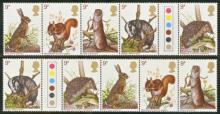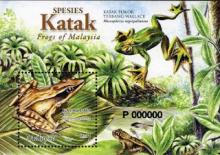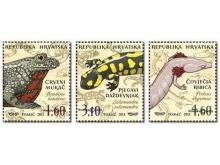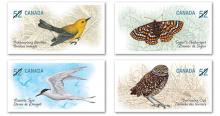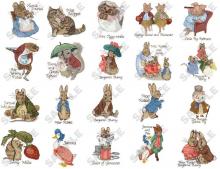
Die Varroamilbe, Mitte der 70er Jahre von Bienenzüchtern, zusammen mit asiatischen Bienenarten nach Europa eingeführt, ist den Imkern seit dieser Zeit bekannt und es war durch verhältnismässig einfache Methoden möglich, die Varroapopulation so weit einzugrenzen, dass Schäden an Bienenvölkern die Ausnahme bildeten. Bis zur Einführung der Neonikotinoide, insbesondere der Anwendung des Clothianidins. Clothianidin, als Insektizid in der Maisbeize eingesetzt, um den maisschädigenden Drahtwurm zu bekämpfen. Ein Maisschädling, in besonders hoher Dichte in umgebrochenem Grünland anzutreffen. Grünlandumbruch, überwiegend benötigt als Anbaufläche zur Erzeugung von Biomasse, verwendet als Versorgungssubstrat der Biogasanlagen. Clothianidin ist ein systemisch wirkendes Insektizid und wasserlöslich. Systemisch bedeutet, der Wirkstoff verteilt sich, nach Aufnahme über Wurzelsystem oder Pflanzenoberfläche, in der gesamten Pflanze. Vom Hersteller des Wirkstoffes beabsichtigt, um die gesamte Pflanze vor Schädlingen zu schützen. Gleichfalls besitzt der Wirkstoff als Folge seiner hohen Wasserlöslichkeit, die Eigenschaft, sich im Ackerboden zu verteilen, je nach Wassergehalt des Bodens. Eine Eigenschaft, die es nicht erlaubt, den Wirkstoff alleinig der Zielpflanze zuzuweisen. Der Neonikotinoidwirkstoff ist im gesamten Ackerboden präsent. Gleiches gilt für alle Neonikotinoidarten wie Imidacloprid, Thiacloprid, Clothianidin und Thiamethoxam. Eine Freisetzung an das Umfeld, durch Staubbindung der Wirkstoffe, ist über weite Entfernungen gegeben.

